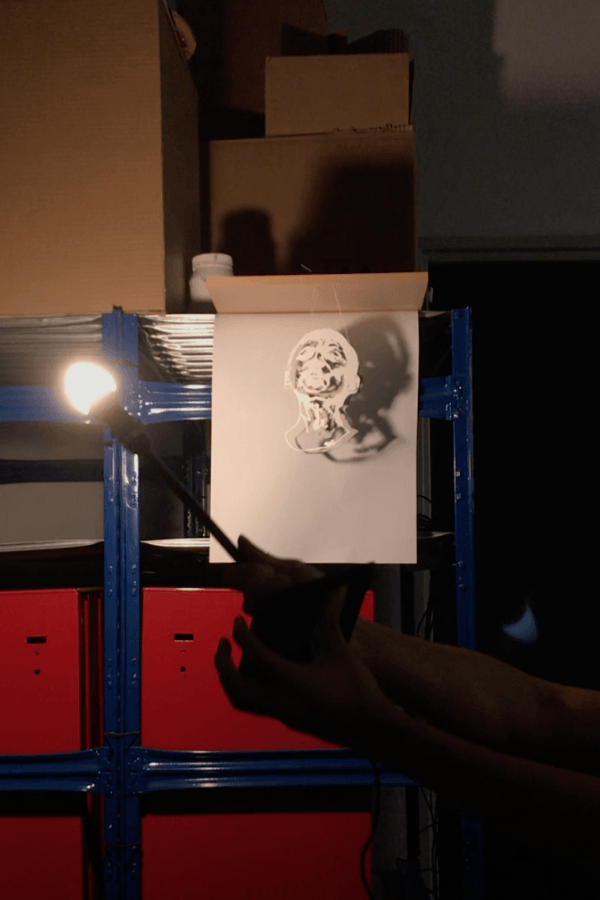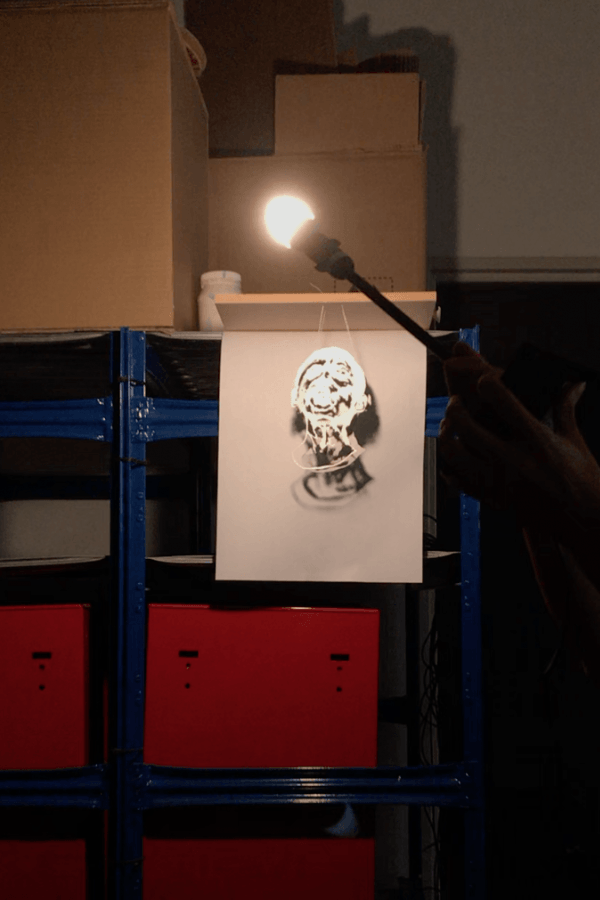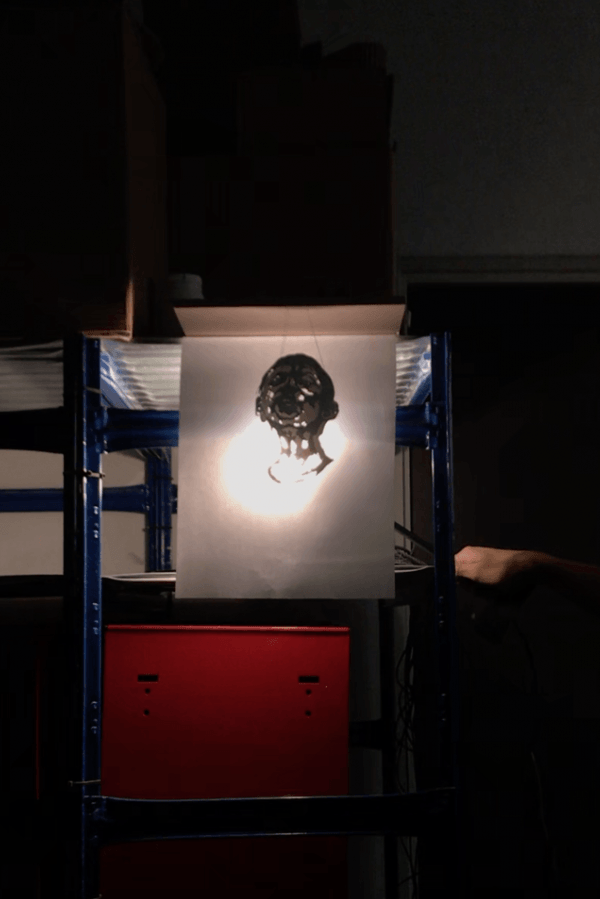Optical Illusion
For the final project, we were tasked to explore the relationship between, form, space and visuals in order to choreograph and optically driven experience.
Source & Inspiration
I drew inspiration from an American artist called Micheal Murphy, a perceptual artist who created incredibly optical works through the play of 3D objects. A set of installations using hand-cut bulletproof glass really intrigued me:
Held up by strong invisible steel cables, Murphy layers different coloured panels over each other achieving a visual work that is best appreciated from only one angle, the front. I wanted to try recreating and implementing His concepts for my final project.
After consultation with Peter, I realise this wasn’t exactly going to be an optical illusion per se. However, it was still going to be a visual experience.
Drafts (Paper Cut & Transparency)
As this was “recreating” rather than ideating our own, I figured I’d try to stick as closely as possible to how the artist himself would create these works. As starters, I sketched out an image and rendered it out digitally. I stuck to grayscale as I was unfamiliar with the process and wanted to limit to just 4 layers at most. I felt working with a coloured image would end up making it very difficult to separate into just 4 layers as a subject matter such as the human face often contains a myriad of tonal range for it to look realistic. Furthermore, working in plain grayscale would expedite the process of paper cutting as colour could be achieved through the paper itself.

Making sure for there to be various tonality as I wanted to split the image into their different colour layers. Using a 3D rendering tool; I separated the different layers as such:
The idea was to print out each individual layer and overlay the layers on top of coloured paper. I would proceed to use an xcto-knife to trim off all white areas leaving only the colour portions. The cutting should reflect quite nicely on the coloured paper.
However, after cutting the first two layers and hanging them up on a suspended boarded, I realise there were a few problems:
1) Bottom layer needs to be the lightest area
2) The images were much too to be appreciated from afar.
As a result, it was difficult to tell what the image even was. In order to troubleshoot the issue, I tried to incorporate light at various angles:



The light didn’t do much apart from giving me another idea. I decided to try out transparency instead of paper cutting.

From far transparency worked a lot better with the resulting image being clearer and at the same time so much more detailed. I followed up by implementing the light source to see what it would do:



Nice! However, I felt from the side view, it would still be pretty obvious that the forming image would be that of a girl. I wanted the ambiguity when viewed the sculpture from the side. This is to force a visual perspective onto the viewer so that they would see from the front only.
Final Draft
Instead of separate layers, I compiled all the layers together and spliced the image by parts.
I created a suspension board and glued on a piece of tracing paper to disperse the light from the lamp. This was important as without the dispersion, the light would be too glaring and the image would be obscured completely from view.
a reflection of your past…
The reference photo I viewed to draw my image is of a young girl whom I’ve taken care of since she was 6. I found it ideal as even though she still resembles her young self, it is merely a fragmented reflection of who she is now; a past illusion. Visible only from the frontal perspective; my work advocates that our past and complete self can only be appreciated when viewed from the right angle.
Personal Reflections
Peter Summarised the last lesson by explaining to us the rationale of this last assignment. He told us that it was critical to understand the process of making something even when it has already been made by someone else. It is one thing to understand visual knowledge but it is another to construct it in real life. Comprehending visual knowledge is always going to be different when you have to do it for yourself. For instance, a different skill that wasn’t previously taught to you doesn’t always make sense, but when we try it for ourselves, the process of delivering the outcome often makes us realise why.
I found this assignment restrictive at the start. As I started to work on it, even though I was the one constructing it, it seriously didn’t feel like my own. But after Peter’s explanation, it kinda made sense why we were doing what we were doing. Ideas and concepts are always being borrowed, and sometimes, it’s best that we take the time and effort to understand them on a deeper level. What we think isn’t always what it is!



















